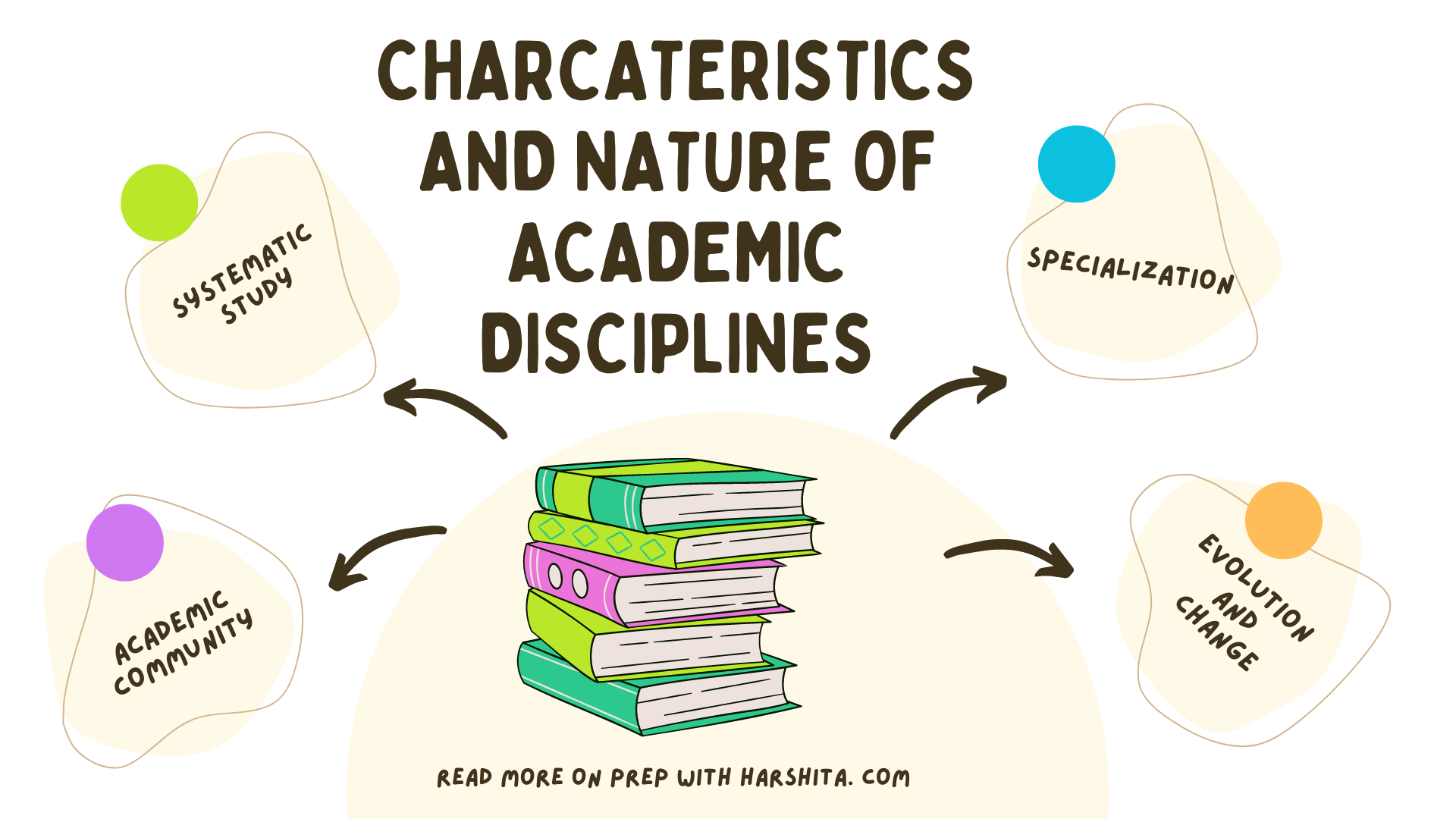
Charting Indigenous Worlds: A Deep Dive into Native American Cartography at Chicago’s Newberry Library
Forget the neatly gridded, politically bordered maps you’re used to. Imagine maps woven from memory, painted on hides, carved into rock, or sung through generations. These are the maps of Indigenous North America, complex spatial representations that challenge Western cartographic conventions and offer profound insights into Native worldviews, histories, and sovereignties. For anyone interested in the intersection of history, culture, and the very ground beneath our feet, understanding these Indigenous cartographies is a crucial academic pursuit. And there is perhaps no better place to embark on this intellectual journey than the venerable Newberry Library in Chicago.
This article isn’t about a scenic overlook or a bustling market, but a deep dive into a cultural institution that serves as a vital nexus for academic studies on Native American maps. It’s a review for the traveler who seeks more than just sights – who yearns for understanding, for challenging established narratives, and for connecting with the profound intellectual and historical legacies housed within archives. The Newberry Library isn’t just a place; it’s an experience, a portal to worlds charted by different hands and different minds.
Why Native American Maps Demand Academic Scrutiny

Before we delve into the Newberry, it’s essential to grasp why Native American maps are such a significant field of academic study. For centuries, European cartography dominated global understanding, imposing its grid systems, scales, and geopolitical boundaries. This often overshadowed, dismissed, or actively suppressed Indigenous forms of spatial knowledge.
Native American maps are incredibly diverse, reflecting the vast array of cultures, languages, and environments across the continent. They were not solely about physical navigation, but often served as:
- Historical Records: Documenting migrations, battles, significant events, and ancestral lands.
- Territorial Claims: Articulating land ownership, resource rights, and treaty boundaries, often used in negotiations with colonial powers.
- Spiritual & Cultural Narratives: Depicting sacred sites, cosmological understandings, and relationships between humans and the natural world.
- Pedagogical Tools: Transmitting knowledge across generations, teaching about landscape features, hunting grounds, and social organization.
- Navigational Aids: Though often more conceptual than literal, they guided travel, especially across vast, undifferentiated landscapes.


These maps could take many forms: petroglyphs, rock paintings, hide paintings (like ledger art or historical buffalo robes), birchbark scrolls, sand paintings, mnemonic devices, wampum belts, or even intricate oral traditions that described journeys and landscapes with astonishing detail. Studying them requires an interdisciplinary approach, drawing on anthropology, history, linguistics, geography, art history, and Indigenous studies. They force scholars to decolonize their understanding of "maps" and to recognize the sophisticated epistemologies embedded within Indigenous knowledge systems. This academic endeavor is crucial for reclaiming Indigenous voices, understanding pre-contact societies, and informing contemporary land claims and sovereignty issues.
The Newberry Library: A Scholarly Sanctuary
Nestled in Chicago’s Near North Side, the Newberry Library is a world-renowned independent research library, a beacon for scholars in the humanities for over a century. Unlike public libraries, its primary mission is to support advanced research and learning, making it an ideal destination for those whose "travel" involves intellectual exploration. However, its public exhibitions and engaging programs also make it accessible to curious travelers eager to delve deeper into specific subjects.
The Newberry’s strength lies in its extraordinary collections, particularly those related to the history and cultures of the Americas. Within these, the Edward E. Ayer Collection stands out as a foundational resource for Indigenous studies. Acquired in 1911, Ayer’s collection of over 17,000 volumes, manuscripts, and maps concerning Native Americans is unparalleled, forming the bedrock for much of the academic work on Indigenous cartography undertaken at the library.
The Collection: Unearthing Indigenous Cartographic Treasures

For the academic traveler interested in Native American maps, the Newberry’s holdings are nothing short of breathtaking. The collection encompasses a vast spectrum of materials that directly or indirectly illuminate Indigenous spatial knowledge:
- Early European Maps of Indigenous Lands: These colonial maps, though often biased, are crucial for understanding European perceptions and misperceptions of Indigenous territories. They often contain notes, place names, or depictions derived from Indigenous informants, offering tantalizing clues. Scholars use these to trace the influence of Indigenous knowledge on European mapping efforts.
- Maps Drawn by Native Americans: This is where the collection truly shines. The Newberry holds invaluable examples of maps created by Indigenous individuals, often at the request of colonial officials, missionaries, or explorers. These might be ink-on-paper maps, but their content, symbolism, and spatial logic often reflect Indigenous worldviews rather than European ones. They are vital for understanding how Native peoples understood and represented their own territories, resources, and relationships.
- Examples: While specific items rotate through exhibitions, the collection includes maps by figures like the Ojibwe chief Puk-kwa-na, or various Dakota and Creek individuals whose hand-drawn maps provided crucial information during treaty negotiations or explorations. These are primary sources of immense academic value, allowing scholars to directly access Indigenous perspectives.
- Treaty Maps and Land Claim Documents: The Newberry holds extensive archives related to land cessions and treaties between Indigenous nations and colonial powers/the U.S. government. These documents often include maps that were central to negotiations, sometimes depicting disputed boundaries or agreed-upon territories. Academic analysis of these maps reveals the power dynamics at play, the ways Indigenous sovereignty was understood (or misunderstood), and the long-term impact on land tenure.
- Ethnographic Maps and Atlases: The library also houses academic works from the 19th and 20th centuries, including early ethnographic maps that attempted to document tribal locations, linguistic boundaries, and cultural areas. While some of these reflect colonial biases, they are important for tracing the history of academic engagement with Indigenous geography.
- Related Indigenous Materials: Beyond explicit maps, the collection includes extensive primary sources that describe Indigenous spatial practices: explorers’ journals noting Indigenous guides’ knowledge, anthropological field notes, oral histories that narrate journeys, and even artistic representations that encode geographical information. All these contribute to a holistic academic understanding of Native American cartography.
The academic value of these materials lies in their ability to facilitate a nuanced understanding of history from multiple perspectives. Scholars utilize these maps to:
- Challenge Eurocentric historical narratives.
- Reconstruct pre-contact Indigenous geographies.
- Analyze the impact of colonization on Indigenous land tenure.
- Inform contemporary Indigenous land rights and sovereignty claims.
- Explore Indigenous systems of knowledge and representation.
The Experience of Engagement: For Scholars and Seekers Alike
Visiting the Newberry Library for academic study is a deeply immersive experience. The main reading room, with its high ceilings and hushed atmosphere, is a cathedral of knowledge. Researchers must register and obtain a reader’s card, and then request specific materials from the library’s vast catalog. The process is straightforward, and the staff are incredibly helpful in guiding visitors through the protocols of handling rare and delicate items.
For those not undertaking formal research, the Newberry also offers opportunities to engage with its collections:
- Exhibitions: The library hosts rotating exhibitions that frequently feature items from its Indigenous collections, including maps. These exhibitions are expertly curated, providing context and interpretation that make complex academic subjects accessible to a broader audience. Checking their schedule online before your visit is highly recommended.
- Public Programs: The Newberry regularly hosts lectures, seminars, and workshops, often featuring leading scholars in Indigenous studies and cartography. These programs offer invaluable insights and opportunities to learn directly from experts.
- Digital Resources: Recognizing the importance of accessibility, the Newberry has digitized significant portions of its collection, including maps. While nothing replaces the experience of seeing an original document, these digital archives allow for remote academic study and broader public engagement.
The feeling of viewing an original map drawn by an Indigenous person centuries ago is profound. It’s a direct connection to a past that often feels distant and obscured. You’re not just looking at lines on paper; you’re witnessing a worldview, a claim to territory, a historical memory. This direct engagement is what makes the Newberry so special for academic studies on Native American maps – it provides the raw material for critical analysis and new interpretations.
Scholarly Impact and Decolonizing Cartography
The Newberry Library isn’t merely a repository; it’s an active hub for scholarly innovation. Through its fellowships, publications, and collaborative projects, the library fosters groundbreaking research that continually reshapes our understanding of Indigenous cartography. Scholars who work here contribute to the ongoing process of decolonizing cartographic history, revealing the sophisticated and diverse spatial practices that existed long before European contact, and continue to exist today.
Research conducted at the Newberry has, for instance, helped demonstrate how Indigenous place names on early colonial maps often reflected accurate Indigenous knowledge, even when the European interpretation of the geography was flawed. It has illuminated the strategic ways Indigenous leaders used maps to assert their rights and articulate their histories in negotiations. It has also highlighted the spiritual and cosmological dimensions of Indigenous mapping, which are often absent from Western utilitarian approaches.
By providing access to these irreplaceable resources, the Newberry empowers scholars to give voice to historical narratives that have long been marginalized or silenced. It allows for a deeper appreciation of Indigenous intellectual traditions and their enduring relevance.
Beyond the Maps: A Holistic Perspective
While our focus here is on maps, it’s important to remember that the Newberry’s Indigenous collections are vast and interconnected. Manuscripts, photographs, oral histories, ethnographic studies, and rare books all complement the cartographic materials. A comprehensive academic study of Native American maps often requires delving into these related archives to fully contextualize the spatial representations. This holistic approach is strongly supported by the Newberry’s integrated collections and expert staff.
Practicalities for the Academic Traveler
Location: The Newberry Library is located at 60 West Walton Street, Chicago, IL 60610, easily accessible by public transport (CTA Red Line, various bus routes).
Hours: Check their website (www.newberry.org) for current opening hours, as they can vary for exhibitions, reading rooms, and special events.
Preparation: If you plan to access materials in the reading room, register online for a reader’s card in advance and familiarize yourself with their policies. Use their online catalog to identify specific items you wish to consult.
Accommodation & Food: Being in the heart of Chicago, there are countless hotels and restaurants nearby, catering to all budgets and tastes.
A visit to the Newberry Library is not a quick tourist stop. It demands time, patience, and an open mind. It’s a journey into the intellectual landscape of Indigenous North America, a profound exploration of how different cultures have understood, represented, and navigated their worlds. For the academic traveler, or simply the deeply curious, it offers an unparalleled opportunity to engage with primary sources that challenge assumptions, broaden perspectives, and illuminate the rich, complex history of this continent. It’s a travel experience that transcends the physical, charting paths through knowledge itself.
